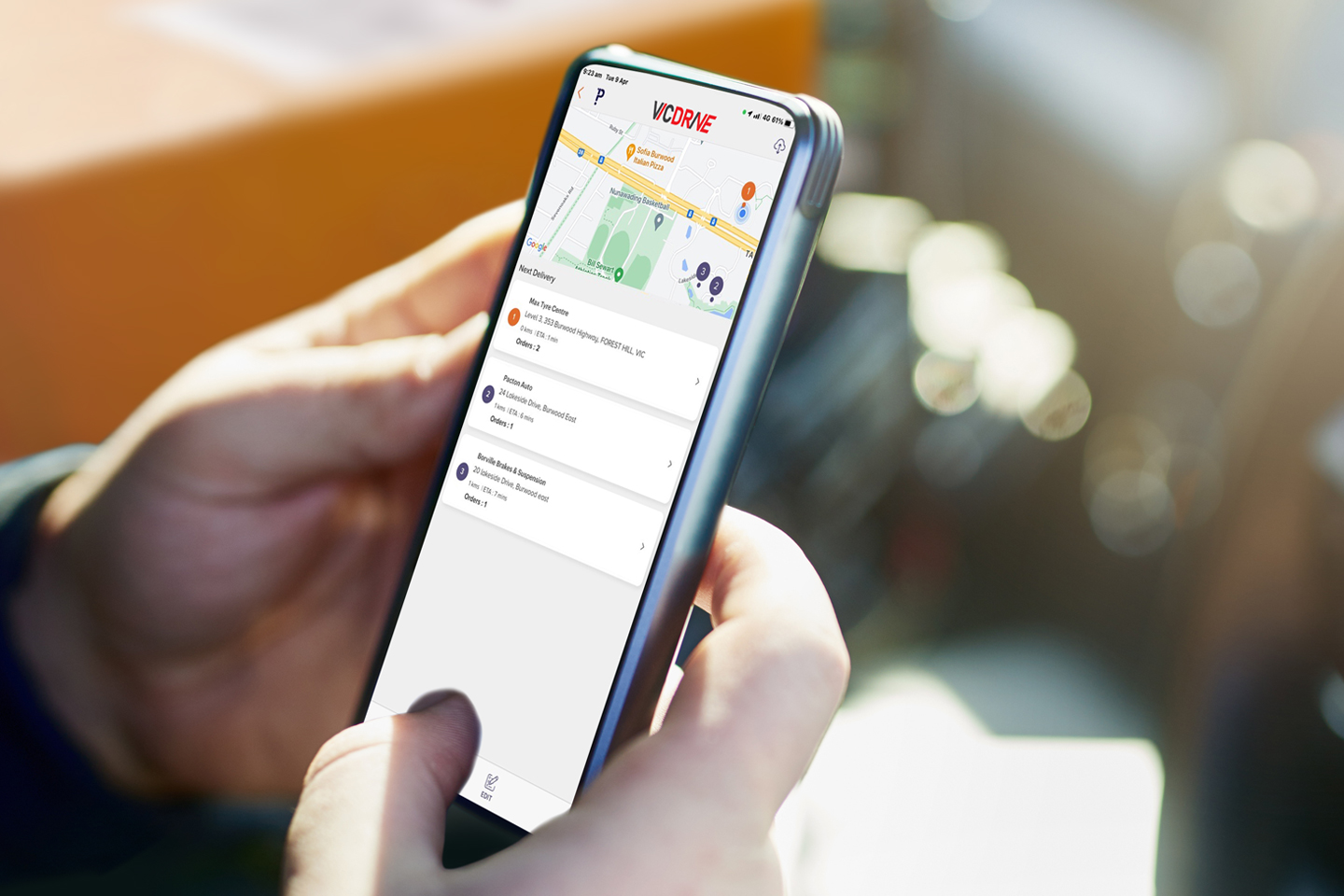

As businesses expand, so do their operational demands, customer expectations, and the necessity for real-time visibility across functions. Expanding product lines, larger customer bases, and increased revenue streams generate vast amounts of data, making system integration and streamlined processes more essential than ever.
Relying on disparate systems across departments often leads to data silos, inefficiencies, and slow decision-making. A modern integrated ERP system can help businesses streamline operations and provide data insights to support strategic decisions.
Implementing your first ERP system or migrating from a legacy ERP system involves several key stages for evaluation, selection and execution. Understanding these stages are essential for ensuring a smooth transition and successful adoption of your new ERP solution.
How to know when it’s time to replace your ERP system?
1. You’re using too many disconnected systems
You are using numerous disparate systems and applications including spreadsheets, databases, and standalone tools to run your business. Without seamless integration between these systems, departments often turn to manual workarounds and risk working with outdated or inconsistent information. This can lead to time-consuming tasks, duplicate data entry, and costly errors—ultimately impacting your business productivity and informed decision-making.
2. You don’t have easy access to business data
When data is stored across multiple systems or slow to process, it can limit your ability to make timely, informed decisions. An integrated ERP system consolidates information from every department, providing real-time data insights and reporting. With company-wide data accessible in one platform, you gain a holistic view of transactions, historical trends and KPI performance metrics instantly.
3. Your business is growing and becoming more complex
When you’re expanding to new locations, diversifying your offering, or hiring rapidly, legacy systems often struggle to scale with your growth. A modern ERP solution can scale with your business, offering modular features, functions and flexible processes to help support your strategic growth.
Things to consider for a successful ERP implementation
1. Defining your business goals and needs
Start with a clear understanding of why you need an ERP system, and the business outcomes you need it to achieve. Are you looking to improve reporting, reduce manual work, integrate systems, or scale operations?
2. Get executive buy-in and build a project team
Deciding on a new ERP system is a decision that should be made by a team of people, ideally with the endorsement from the executive team. Therefore, it is important to have the right stakeholders involved throughout the decision process to understand what business challenges need to be solved and what outcomes the ERP solution needs to deliver.
3. Set a realistic budget and timeline
ERP implementations can vary widely in cost and time depending on the complexity. Be realistic about what’s achievable, and factor in costs for software licensing, maintenance and support, cloud hosting and management, and implementation including training, data migration and change management.
4. Choose the Right ERP System and Partner
With a strong understanding of your needs and the right team to evaluate software options, ensure thorough research and evaluation of ERP vendors based on industry experience, cultural alignment, functional fit and scalability, and long-term support.
At Pronto Software, we pride ourselves on our deep industry expertise and our in-depth approach to understanding each business individually. We work closely with our customers to uncover and understand their challenges to determine how our Pronto Xi ERP solution can best support their needs.
5. Clean and organise your data
Poor quality data leads to poor outcomes. Take the time to clean, consolidate, and structure your existing data before migration to a new ERP solution.
6. Plan for Change Management
ERP implementation can involve big changes to your processes and systems. Communicate early and often to prepare your team for using new workflows and tools. Ideally, involve key end users in the process and listen to their feedback.
7. Provide training and support
Before go-live, ensure your staff are well-trained with adequate and thorough User Acceptance Testing. Offer refresher sessions and provide ongoing support after go-live.
8. Monitor post-implementation feedback and optimise
Once live, monitor system performance, user adoption, and KPIs. Continue to optimise workflows and add functionalities as needed.
Committed to your ERP success
At Pronto Software, we understand that migrating to a new ERP system is a significant business investment. That is why when you partner with us, you don’t just gain an integrated ERP solution but also a team that is invested in your success.
Our flagship ERP solution, Pronto Xi, helps you manage the key aspects of your day-to-day business operations - from financials, sales, distribution to asset and facility management, manufacturing, warehousing, CRM and more – all within one fully integrated system. Pronto Xi is modular with applications that integrate accounting, operations, and mobile features to optimise business processes, simplify collaboration and accelerate growth.
With deep industry expertise, we’re committed to delivering a comprehensive solution that supports all your business needs, today and well into the future.
To discover how a new ERP solution can support your business growth, get in touch with our Perth team.








